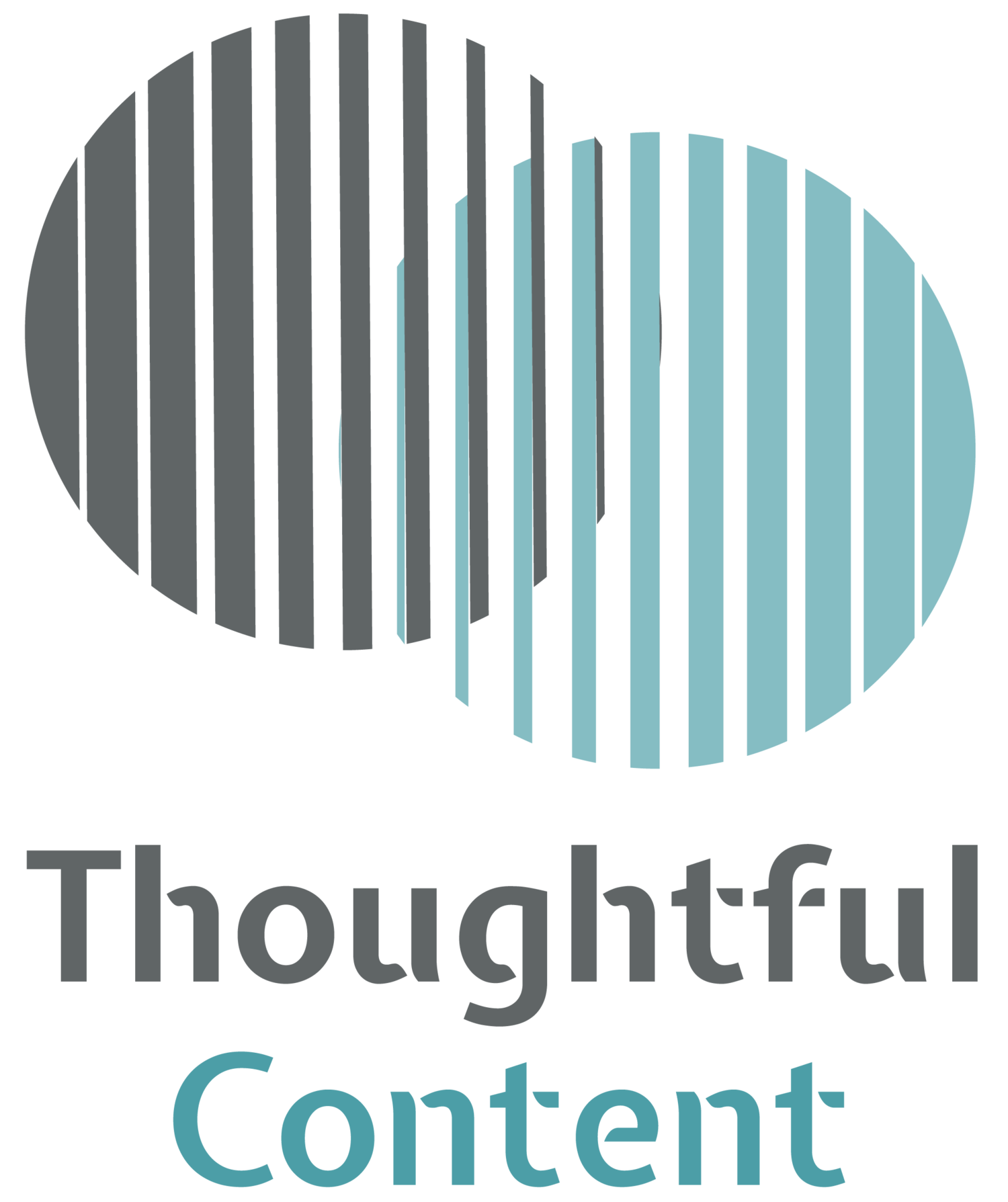What health content do children and young people want?
Anneliese conducting research for Crohn’s & Colitis UK, finding out what health information formats children and young people prefer.
The building blocks of health literacy start at an early age. Health literacy is described by researchers as a “life-long learning process, starting in early childhood.” Health literacy interventions aimed at children and young people can help promote healthy behaviors and reduce future health risks.
Amongst others, I have worked on health communication projects for children and young people for Crohn’s and Colitis UK and Alex TLC. This work brough home the fact that even very young children try to make sense of changes in their own health and the health of adults close to them. When children are living with a health condition clear and engaging health information for them and their parents is vital, as the Patient Information Forum promotes in their guidance.
But what things should we think about when we’re researching and creating health content aimed at children?
Digital media
Digital media is a vital way to communicate with children. According to OfCom, nearly all children in the UK went online in 2021, with the majority using a mobile phone or tablet to do so. In some research work I did for the charity Crohn’s and Colitis UK, when asked to design their dream resource about IBD all the children created something digital or electronic such as a game, app or website. As one 11-year-old said, “the things I liked most were the ones where you didn’t really have to read a lot.”
As far back as 2015, One in five (20 percent) teenagers aged 13-18 have received health information from YouTube. This number is likely far higher now, and in general 89% of 3 to 17 year olds used YouTube in 2021.
What about the quality of this information? Research shows that videos explaining COVID-19 to children have high viewing rates but are also of low-quality and reliability. There may be a gap in the market for evidence-based but engaging video health content for children and young people.
User-generated content
There is a real appetite amongst young audiences for user-generated content. They want to see people like them, talking about their health experiences. In a focus group study young people saw distinct value in health-related user-generated content online for example, through social media, gaining useful insights from first-hand accounts they relate to.
YouTubers are important influencers producing diverse health content. Children and teenagers want to see positive role-models living with health conditions. The children with IBD I worked wanted resources that “would include real life stories of people with Crohn’s Disease,”
Storytelling may help children and young people make sense of their condition, focus on and develop their talents and positive sense of self. All of which are components of cognitive behavioural therapy type interventions that have been shown to increase quality of life and other psychological measures in with children with IBD.
If you are creating health content for children and young people think about how you could sensitively work with children to tell their own story. For example, through content such as vlogs, blogs or other user generated social media content.
Social media
Ofcom found that in 2021, TikTok was the third most-used platform, used by half of children. Whilst there are many concerns about the negative wellbeing impact of some TikTok content, it can also be used for good! Research shows that is still an underutilised platform for mental health practitioners to connect with young people. The Teenage Cancer Trust have an amazing TikTok channel where teens talk living with and after cancer and what helps them. Speaking directly to younger people in a language and format that is resonates for them.
Gaming
OfCom report that six in ten children aged 3-17 played games online in 2021, increasing to three-quarters of 12- 17s. Again, the Patient Information Forum guidance suggest games as one possible successful format for health information for children. According to a review ‘games for health’ (G4H), may be used to increase health knowledge or change behaviours. Even if you don’t have the time or resources to create an online game, are there any aspects of your content that you could gamify?
Tailoring to ages and stages
Children have different attention-spans and cognitive skills compared to adults, and so use texts and websites differently. These therefore need to be tailor made and user-tested. The Patient Information Forum advise considering age, developmental stage and maturity when creating health information. PIF suggest thinking about this is in terms of learning stages used in schools. Children in the younger age group may be more likely to use printed material such as storybooks, alongside digital media that they can use with an adult such as their parent or teacher.
Children have a keen sense of what content is right for their age group. For example, the balance of text and words to pictures, drawings or cartoons running through the text, with younger children preferring less text. The authors of this study concluded that children want to choose from a wide-ranging selection of information that takes account of different perspectives within and across the age range, and which reflects their individual interests and lifestyles beyond the specific disease focus.
Ask your audience
What do I always say? Consult your audience first! This applies to children and young people as well. Don’t assume they will want online content, or a video. This will vary depending on the age group, the health condition, their situation and interests.
Get in touch if you want a chat about the best ways to consult user research with children and young people.

